Cipollini’s Ago is the brand’s first dedicated gravel bike and, with the exception of the tyres, is a completely Italian build.
The brand previously had the MCM Allroad in its range, with clearance for 40mm gravel bike tyres, but the Ago has a more progressive geometry and clearance for wider 45mm rubber.
Let’s take a closer look at this luxurious and intriguing gravel offering from a brand we seldom see.
Blending endurance and comfort
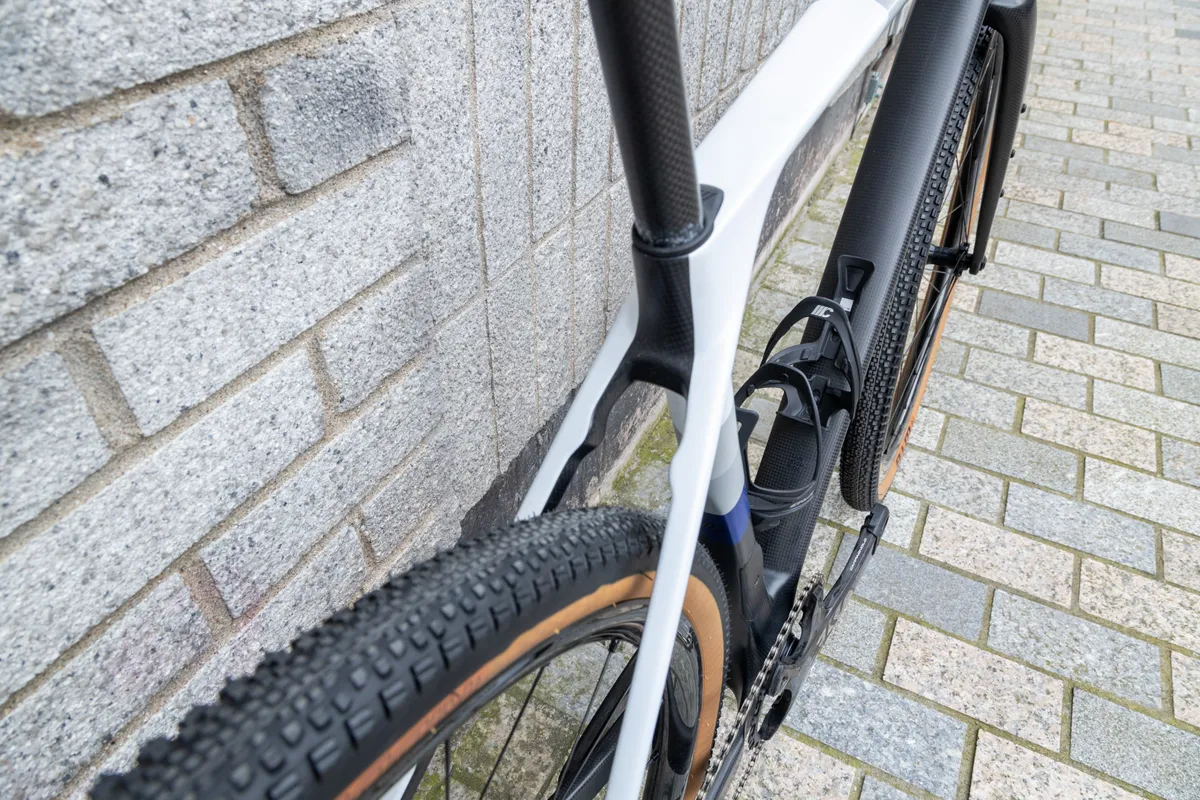
Cipollini says the Ago has been designed for riding long distances on uneven surfaces in comfort. So far, so typical, as far as gravel bikes are concerned.
The brand says it paid particular attention to introducing compliance to the seat tube, and the short 427mm chainstays are designed to provide a balance between comfort and responsiveness.
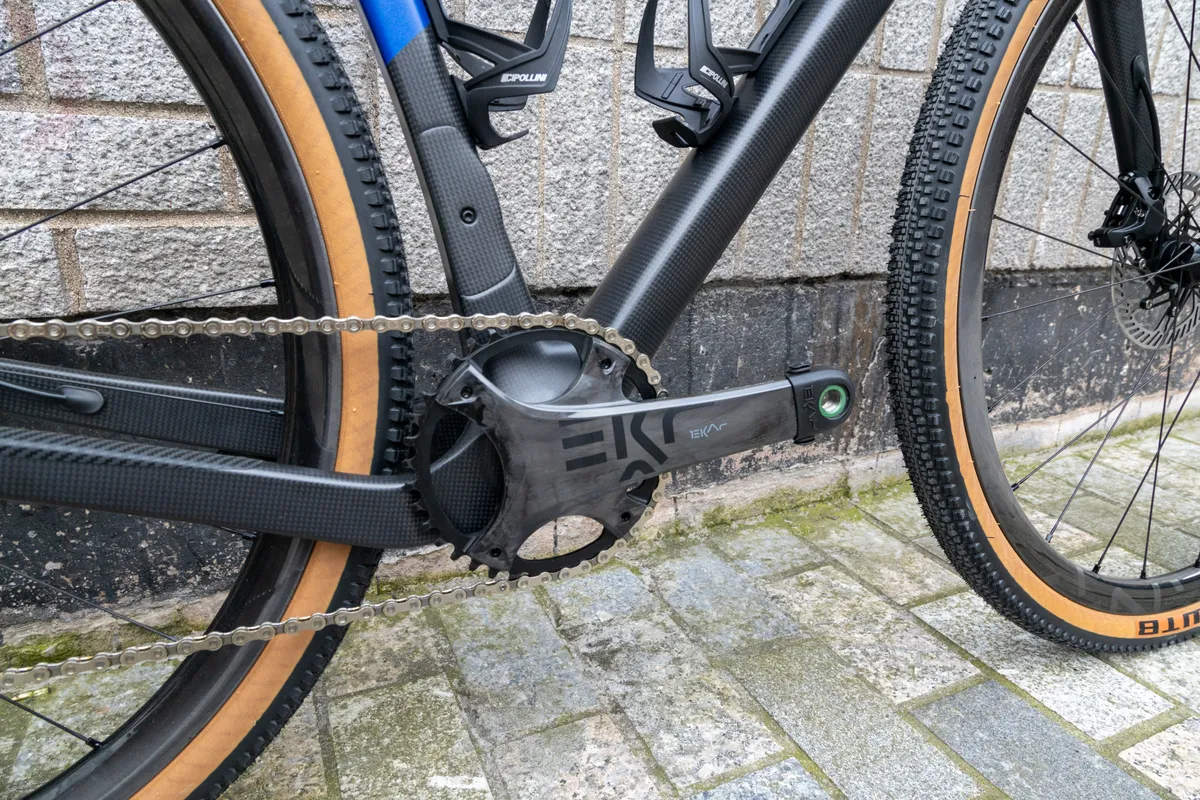
The Ago uses a full monocoque carbon frame design. Rather than being constructed from tubes bonded together, Cipollini says the Ago is moulded from one piece, which the brand claims improves the frame’s strength.
The frame is claimed to weigh 930g, with the fork 510g. Although Cipollini doesn’t specify a size, that certainly puts it in line with recent gravel bike releases. ENVE’s MOG frame is claimed to weigh 950g in a size 56cm and the Ridley Grifn 990g in a size medium.
The Ago’s 45mm tyre clearance is fairly middle-of-the-road compared to its rivals, with many bikes now accepting upwards of 50mm.
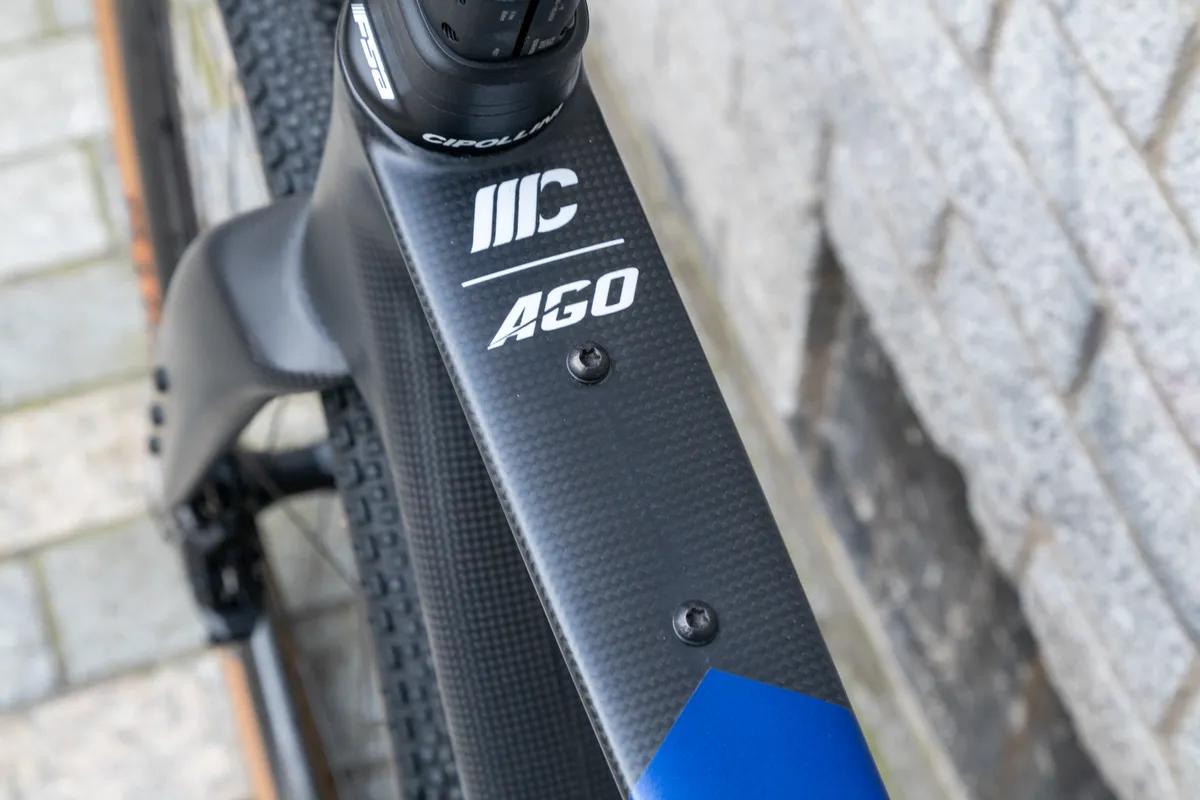
In a nod to versatility, there are eyelets on the top tube and underneath the down tube, as well as triple cargo mounts on the fork. This is a trend we’ve seen on many of the latest gravel bikes, even some of those focused on gravel racing.
The Ago can also accept mudguards or a pannier rack, with an optional adaptor kit needed to run them available from Cipollini. Due to the unconventional way they fit, few options are compatible. Cipollini suggests Alumee 791 mudguards and a Tubus Tara Lowrider or Grand Tour pannier rack.
What is Bike of the Week?
Every fortnight, we'll bring you a detailed first look at one of the latest bikes (or framesets) to arrive at BikeRadar HQ – from road to commuting, gravel to enduro, and anything in between.
This is our chance to introduce the bike and everything that makes it unique before hitting the road or trails.
Head to our Bike of the Week hub for previous editions.
A Campagnolo-heavy build

The Ago is available in two builds and three colours.
We have the Campagnolo Ekar variant, with its catchily named ‘Carbon-White Pearl Cobalt Blue Matte’ paintjob. All in, the build costs £7,800/€9,048. US and Australian pricing is to be confirmed.
A cheaper SRAM Rival XPLR eTap AXS build is also available for £6,000, and a frame-only version retails for £3,100.

Cipollini specs a 9-42t cassette and a 38t crankset, the combination of which should offer a suitable range for both climbing and fast-paced descents. If you want an even easier gear for climbing, Campagnolo offers the cassette in a 10-44 variant. 160mm disc brake rotors are supplied front and rear.
The Ekar groupset is paired with Campagnolo Levante wheels – the brand’s latest gravel bike wheelset, sitting above the Shamal. The Shamal was Campagnolo’s first gravel-specific offering, but is also targeted at endurance road riding.
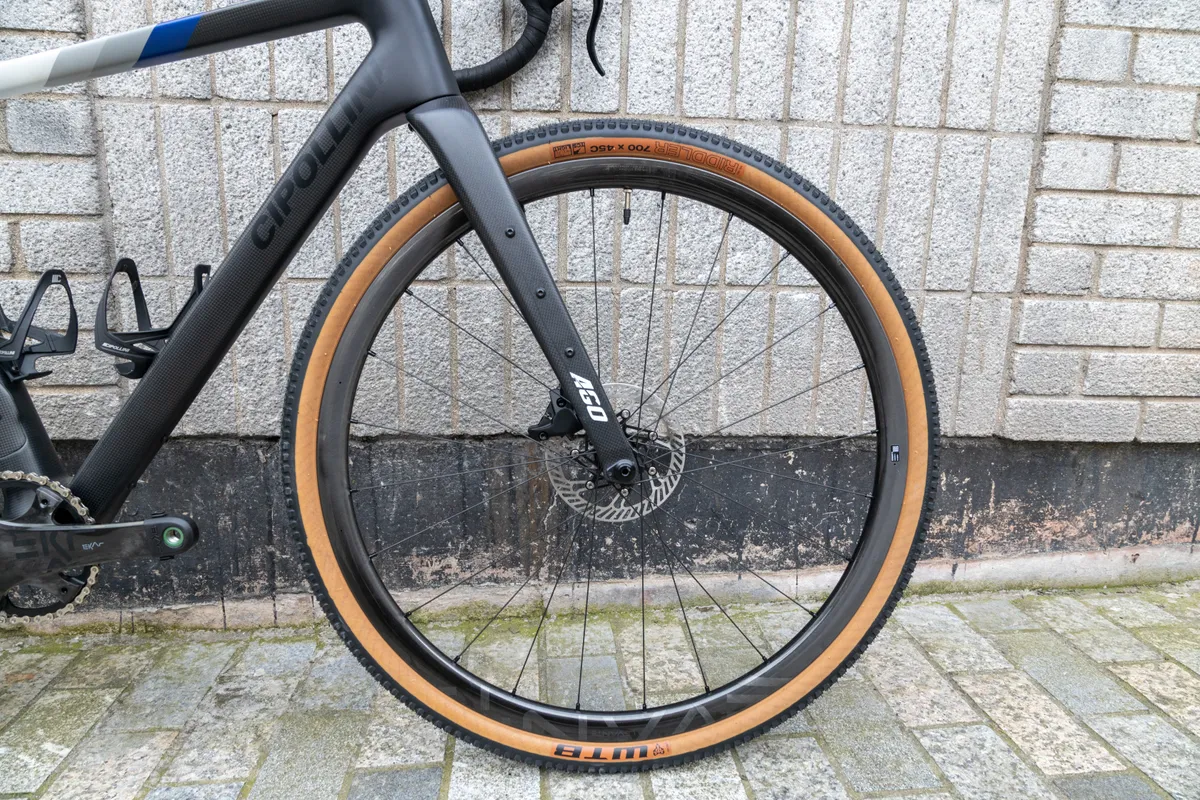
The Levante wheels kick things up a notch with a wider 25mm internal rim width – bang on-trend for gravel wheels and 4mm wider than the Shamals.
They are claimed to weigh 1,485g and feature etched graphics on the rim that bear a resemblance to the graphics on the Ekar groupset. They also use a C-Lux (short for 'Campagnolo Luxury') finish, forgoing lacquer with a ‘mirror-like’ appearance.
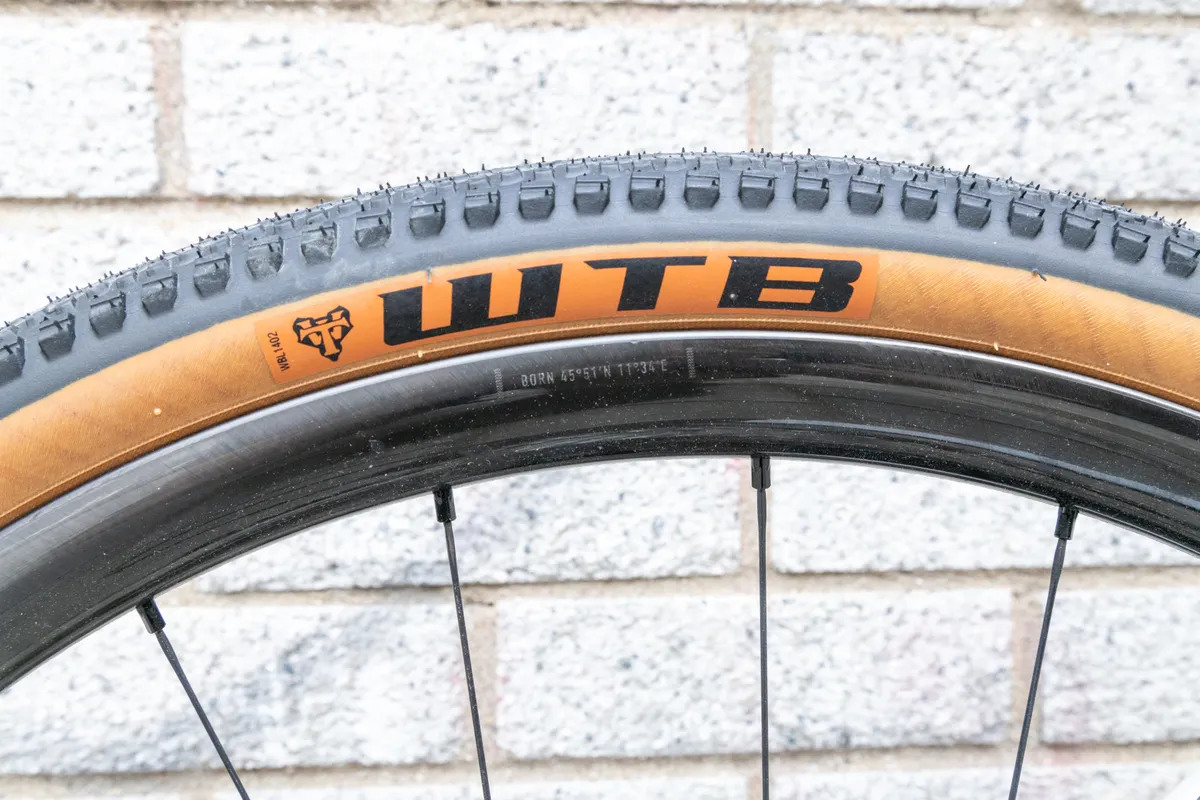
Oh, and if you were wondering, all of Campagnolo’s wheelsets are named after winds. The Shamal is a “hot and dry, dusty wind from the north or northwest in Iraq, Iran and the Arabian Peninsula”, while the Levante is a mild, damp wind “of the western Mediterranean Sea and the southern coasts of France and Spain”. There’s a fun fact for your next cycling-themed pub quiz.
The 45mm-wide WTB Riddler tyres are set up tubeless on the Levante rims.
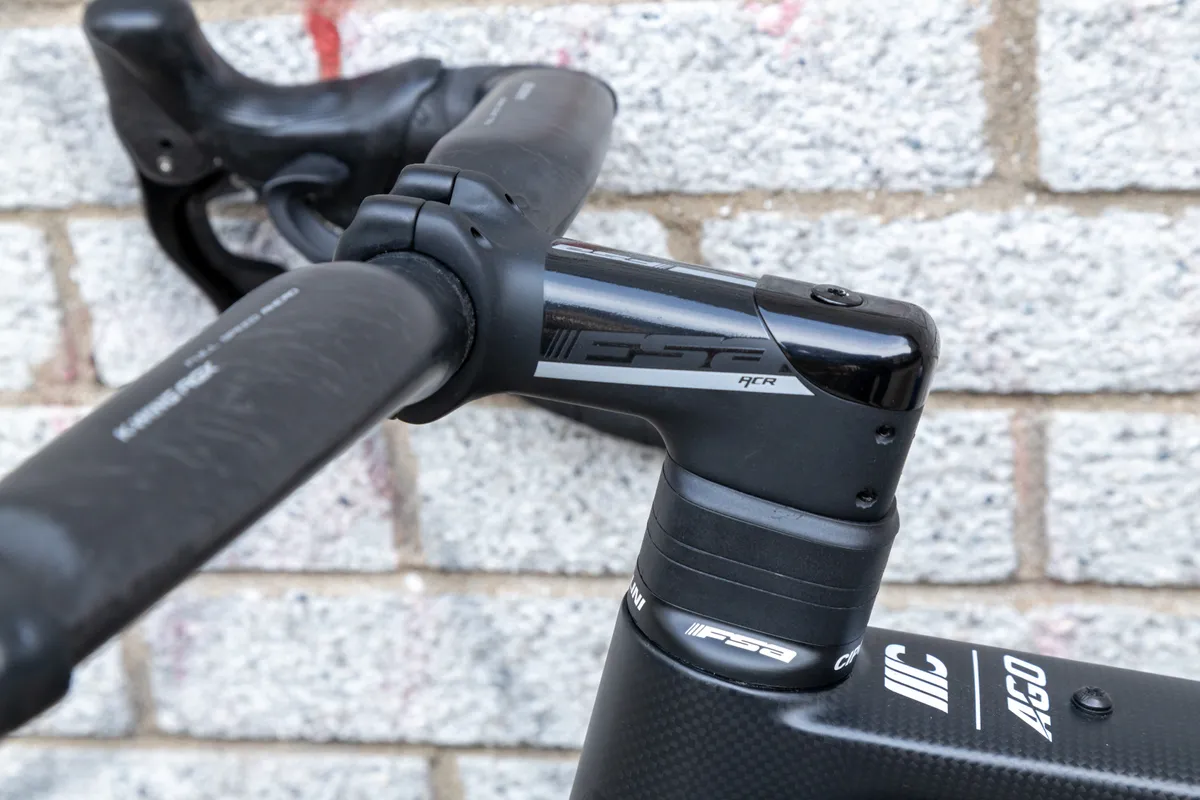
The front end of the Ago uses FSA’s ACR integration system, which cleanly hides the gear cable and hydraulic hoses.
With many brands designing frames around their own integration solutions, FSA devised the system as an option for brands to use and it has seen a modest uptake. The alloy stem has a race-oriented but fairly typical -6 degree angle, and it’s paired with the brand’s K-Wing AGX carbon handlebar.
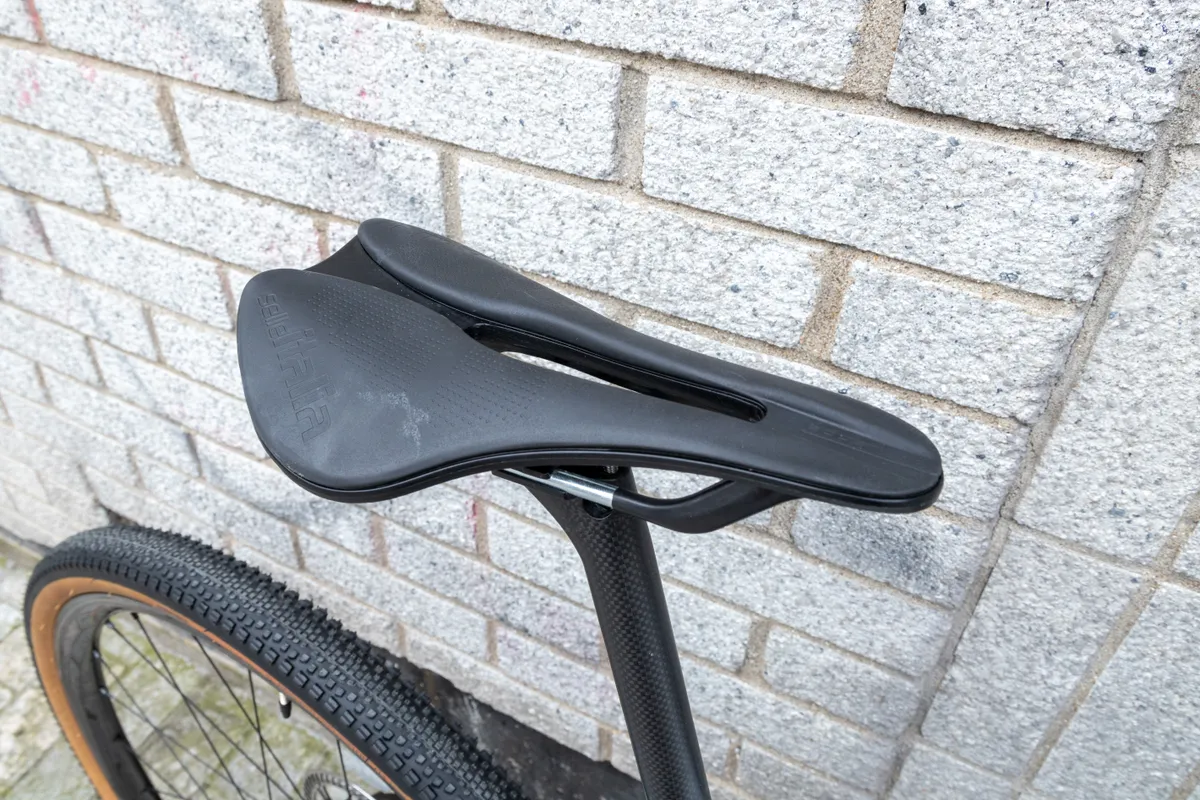
A Selle Italia Model X BB FEC saddle rounds out the build.
On our scales of truth, the bike weighs in at 8.37kg in a size medium.
